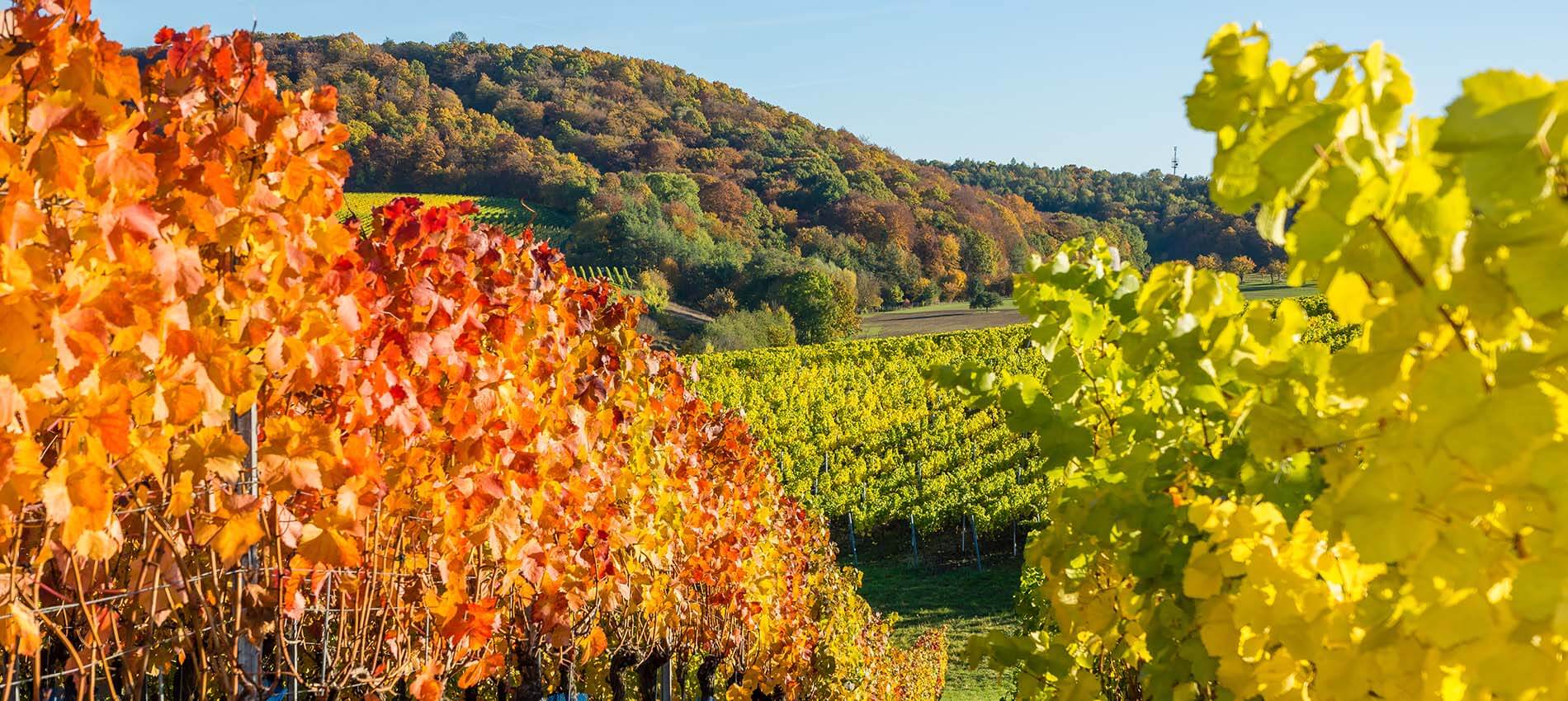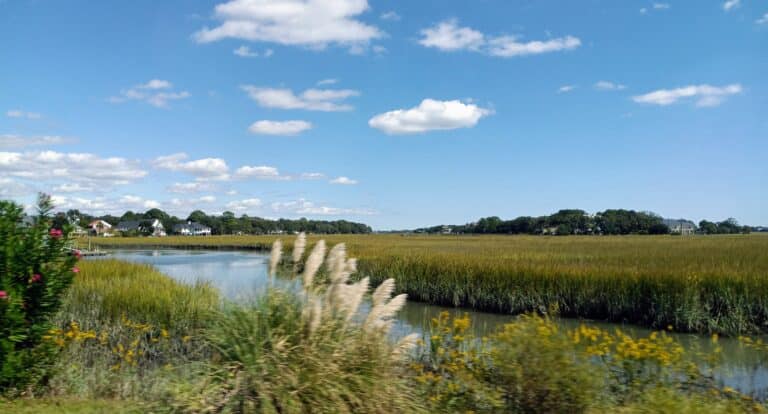Who hasn’t secretly (or not so secretly) dreamed of opening their own vineyard? The idea of walking through rows and rows of plump purple grapes sounds heavenly. Plus, all the free wine you can drink! Pour yourself a glass of merlot or chardonnay and let’s learn all about starting your own vineyard.
What do you want out of the vineyard?
Before you start looking into grapes, ask yourself what you want out of this land. Would your vineyard be more for personal use, or would you like to make enough wine to sell to local stores and restaurants? Do you want to just grow grapes or produce your own wine on site? These questions can help you figure out how much land you’ll need and how much you can expect to spend.
Pick the grapes
There are dozens of types of grapes, each with their own unique aroma, taste, mouthfeel, and climate where they grow best. Here are a few popular types of grapes and what they are best for:
- Riesling grape. These grapes do best in cool climates. Vineyard owners love the flowery, sweet scent these grapes give off.
- Cabernet Franc grape. This is a popular black grape worldwide. It can be used to make its own wine, or to be blended into other wines for a more complex flavor pallet.
- Cabernet Sauvignon grape. This is one of the world’s most used red grapes. This late-budding grape is able to avoid most frost. It can do well in many climates with the taste varying based off of the climate. For example, in cooler climates, you can expect more crisp flavors like mint and cedar, while the grape takes on a sweeter, jam-like flavor in warmer climates.
- Chardonnay grape: This grape produces a mild flavor and is easy to grow, making it a fan favorite among growers. It can thrive in many types of soil, but does best in chalk or clay.
How Much Can You Spend?
If you want to open a vineyard just for fun or are planning on growing grapes in your backyard, this step might not be as important for you. If you are planning on making money off of your grapes, this is important. It’s hard to give a general estimate of how much you can expect to spend, because there are dozens of factors that are different for every single vineyard owner. Here are just a few things to consider while making your budget:
- timing of first harvest
- labor
- irrigation
- fruit crusher
- distilling, sanitizing, and siphoning equipment
- bottling
- shipping
According to a study from Sierra Nevada Foothills, the average 20-acre property can cost anywhere from a few thousand dollars to hundreds of thousands of dollars. Here’s a comprehensive budgeting plan for those of you interesting in opening a vineyard of fifty acres or more.
Prepare the land
When choosing the property for your vineyard, be sure to pick a plot that is on a slope. Grapes do well on slopes because of drainage. You’ll also want to make sure the property has plenty of access to sunlight, because too much shadow can be deadly for budding vines.
You’ll also want to do a soil test. The soil should have a pH between 5.5 and 6.5, but no higher than 7. Vineyard vines are unique because they struggle to produce grapes in soil that is rich in nutrients. Because of this, you’ll also need soil that has quality drainage.
One last piece of advice
Patience is the name of the game when it comes to owning a vineyard. It can take at least two years for a vineyard to produce fruit, and turning a profit on wine can take even longer. Similar to green energy or timber, vineyards require a lot of money up from and can take many years to start making money.
Owning your own vineyard doesn’t have to remain a daydream. If you start setting aside money and grow grapes on a property where you can maximize profits, you can make the American dream of owning your own vineyard into a reality.
Check out the REALTORS® Land Institute’s Terra Firma magazine for more advice about the art of buying vineyards or selling vineyards. If you are interested in finding a vineyard property, make sure to Find a Land Consultant with the expertise to handle your land transaction and make your dream of owning a vineyard come true!



